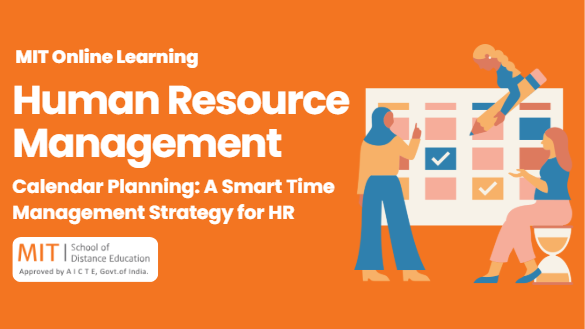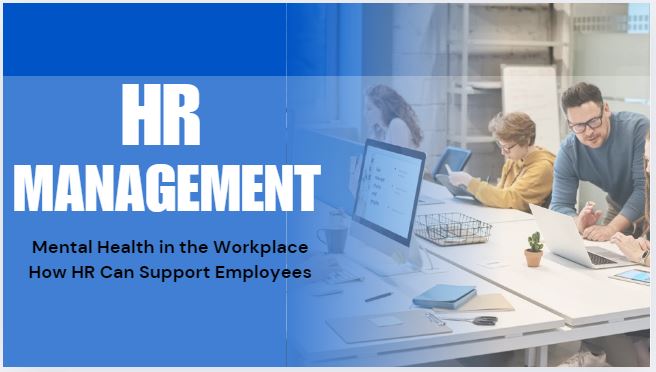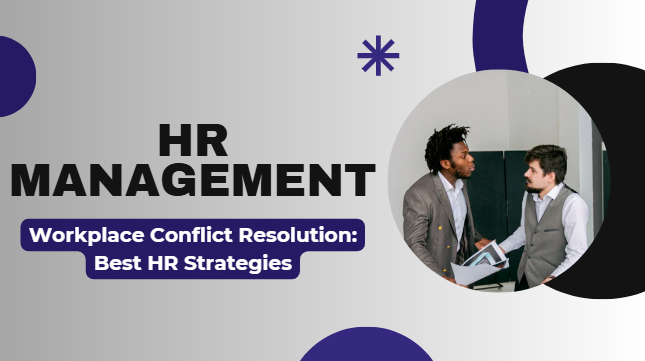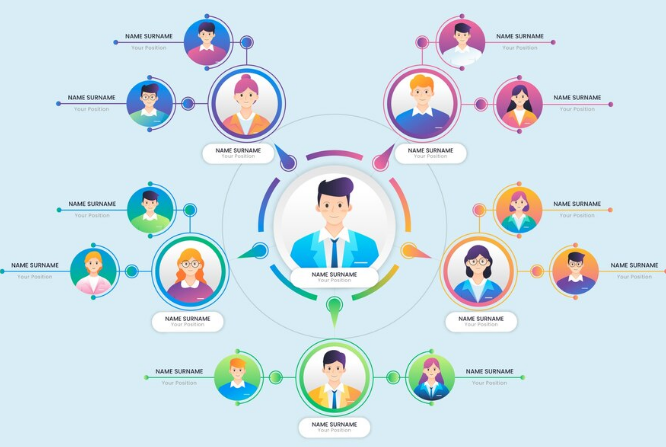
Let us play a round of following the leader. Many of us played this game in our childhood. If we apply the rules of this game to an industry or the corporate setting, the gravity and the dynamics change drastically. A game for amusement changed to the game of survival of the organization in the industry backdrop.
Following the leader taught us to keenly observe the leader and copy him/her. If one fails to do so, it spelled sitting out for the rest of the game and watching other kids have fun.
The corporate world too finds its roots in this game of childhood. A good leader or management is required for the organization to not only survive but thrive.
This brings us to the concept of ‘Organizational Design’. It is defined as the process of creating structures that align roles, workflows, networks, and procedures with an organization’s goals. Organizational design often involves changes at the corporate level through business units and individual processes.
The organizational structure determines the hierarchy, the role of each employee, and the flow of direction. This depends on the goals and objectives of the organization. They can be centralized or decentralized.
Centralized structure – This type of structure is found in companies that are well established in the market, have a standardized & automated operating procedure, and require tight control or supervision.
Decentralized structure – A new organization, that operates in dynamic market conditions, is fast-paced and is smaller in size. The hierarchy tree is flatter and the gap between bottom-level and top-level management is shorter.
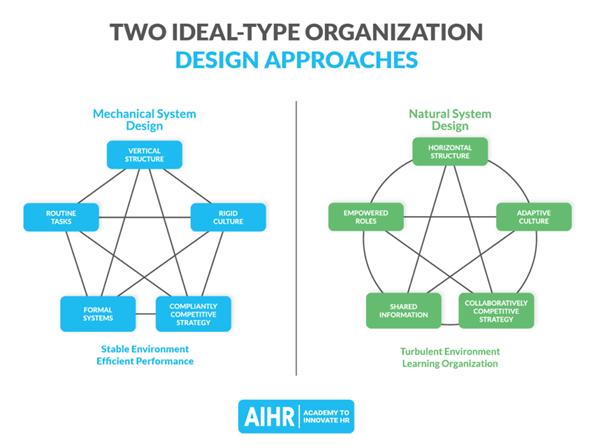
Key factors to bear in mind while designing an organizational structure are –
- Mission & Vision – The mission & vision statement represents the long-term goals of the organization. It represents the destination of the organization. Hence adopting a design that will suit the long-term objectives of the organization is necessary.
- Market – A fast-paced, dynamic market requires the teams to be agile, adaptable, and make quick decisions, in such scenarios a flatter structure works better.
- Capabilities – Conducting a SWOT analysis, helps companies to understand their internal strengths and weaknesses and the external factors affecting their progress. Depending on the availability of resources, monetary capacity, and opportunities in the market, organizations need to design the structure.
- Specialists – Deciding the role of each employee in an organization requires a deep understanding of the organizational goals, objectives, targets, and other internal & external factors. This helps to decide the requirements of specialists for various roles.
- KPI – Managers decide the key job role of the employees. It gives clarity to the employee on his/her functions in the organization, scope & nature of work. It also helps in monitoring & measuring the performance of the workforce.
- Potential threats – Internal factors include employee mindset, employee resistance, attrition, training & development needs, etc. A manager should foresee these threats while delegating responsibilities or deciding the Key Performance Indicators.
Thus, the organizational design gives clarity of thought & functions, is detrimental to the growth of the organization, and decides the hierarchy & the authority at every level of the hierarchy.
Human resource management is a critical task for any organization since the employees are the heart & soul of the organization. A deeper understanding of the nitty gritty of human resource management is required to become a successful manager.
MIT School of Distance Education (MITSDE) is an institute that understands the current skills gap in the market and strives hard to reduce it. Hence, MITSDE brings you PG Diploma (PGDM HRM) in Human Resource Management. The course covers the basics of Human Resource Management, analytical skills, International HR practices, and the latest trend in E-HRM.

